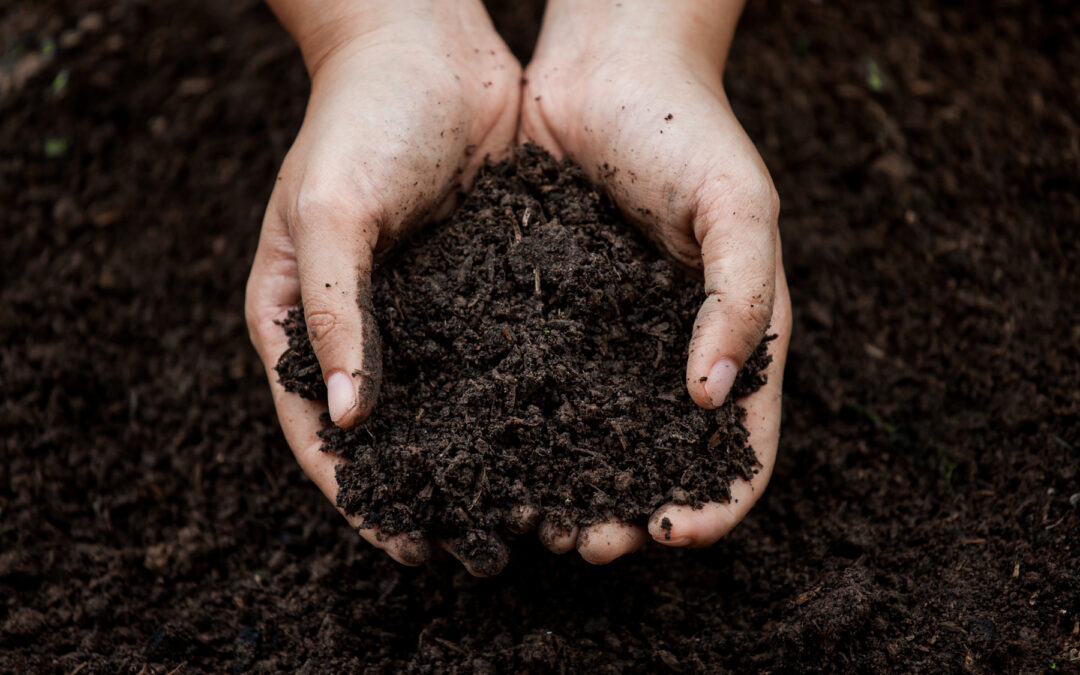After raising chickens for a short while, you will understand the importance of composting chicken manure fertilizer. Even a small flock will produce an admirable amount of chicken manure. Some gardeners refer to this as garden gold. Once composted, chicken manure fertilizer can be used to nourish garden soil and feed vegetable plants.
Raising chickens in a backyard or suburban setting usually consists of a smaller flock. Even a small flock’s coop clean-out will need somewhere to go. In some cases, homeowners choose to bag the dirty bedding and litter and put it out for trash pickup. While that is one method, consider setting up a compost system in a corner of your yard and making your own rich chicken manure fertilizer using the material.
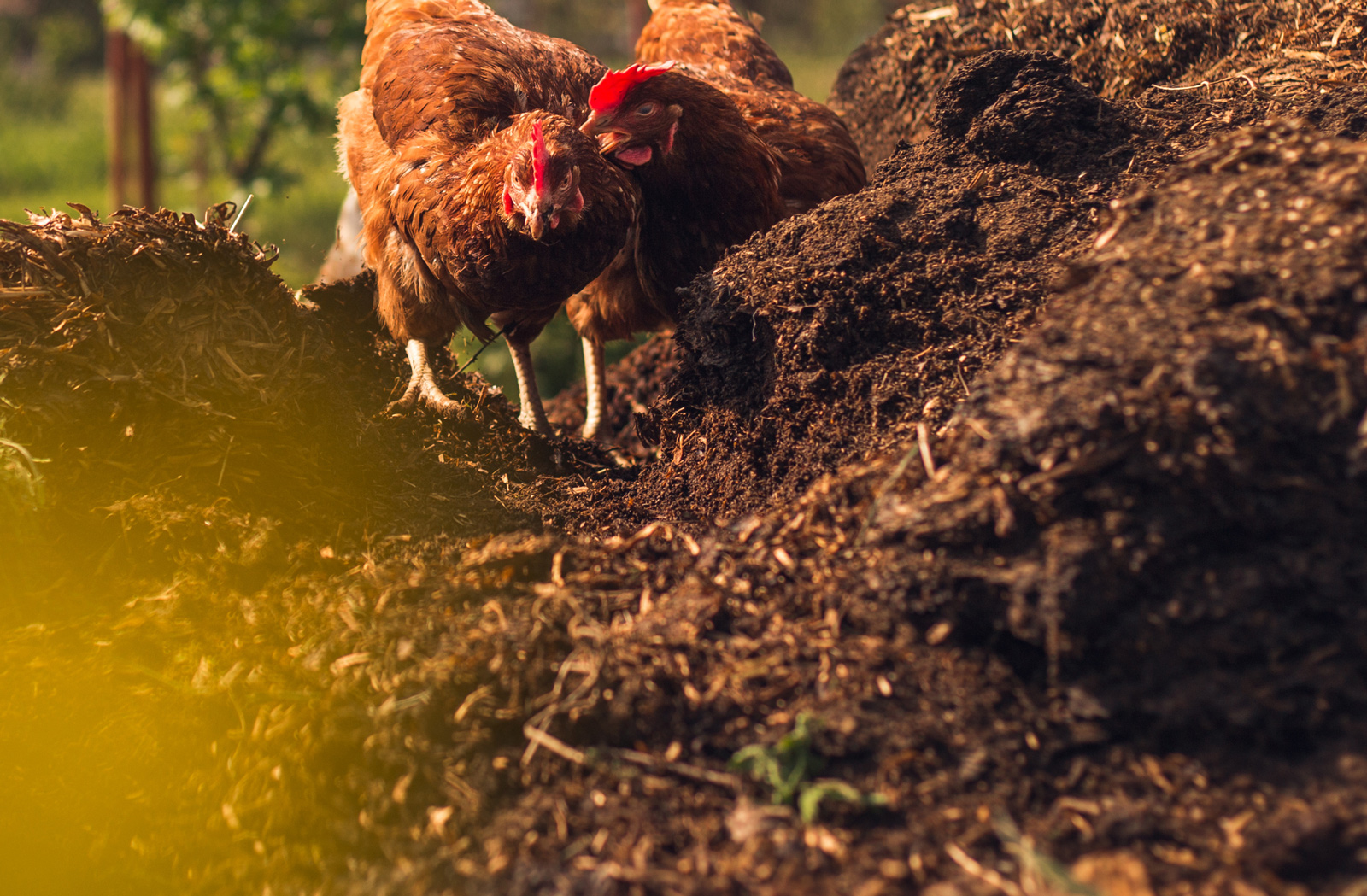
It may be a surprise to learn just how much manure one chicken can produce. Estimate that each chicken produces two cubic feet of manure every year. A typical backyard flock of six chickens, can easily produce twelve cubic feet of manure in a year’s time. Cost wise, purchasing 12 cubic feet of manure-based fertilizer at the local big box store would run you approximately $5 for 1 cubic foot of cow manure. (2021 pricing).
That’s easily $60 worth of chicken manure fertilizer you can produce from the chicken waste. Once small flock can provide not only fresh delicious natural eggs, but also help you grow healthy vegetables! First, you must get started and the entire process for creating composted manure fertilizer takes months.
Before beginning, review the following safety notes about handling manure:
- Manure can contain bacteria, most commonly Salmonella and E. coli.
- Fresh manure also contains high amounts of ammonia. Wearing gloves and a mask are recommended when handling fresh chicken manure.
- Never add dog, cat, pig or human feces to your compost pile.
- Vegetables grown in a compost improved soil, still require a good wash before eating, as with any fresh from the garden food.
The waste from the coop will contain straw, pine shavings, and wasted feed. It can all go straight to the compost bin or pile. Components of a healthy compost pile include browns and greens. The brown additions are the bedding, yard debris, leaves, and paper. Manure and kitchen scraps are referred to as the green portion. The ratio for a chicken compost is two to one, brown parts to green. This will result in a better nitrogen percentage for your garden.
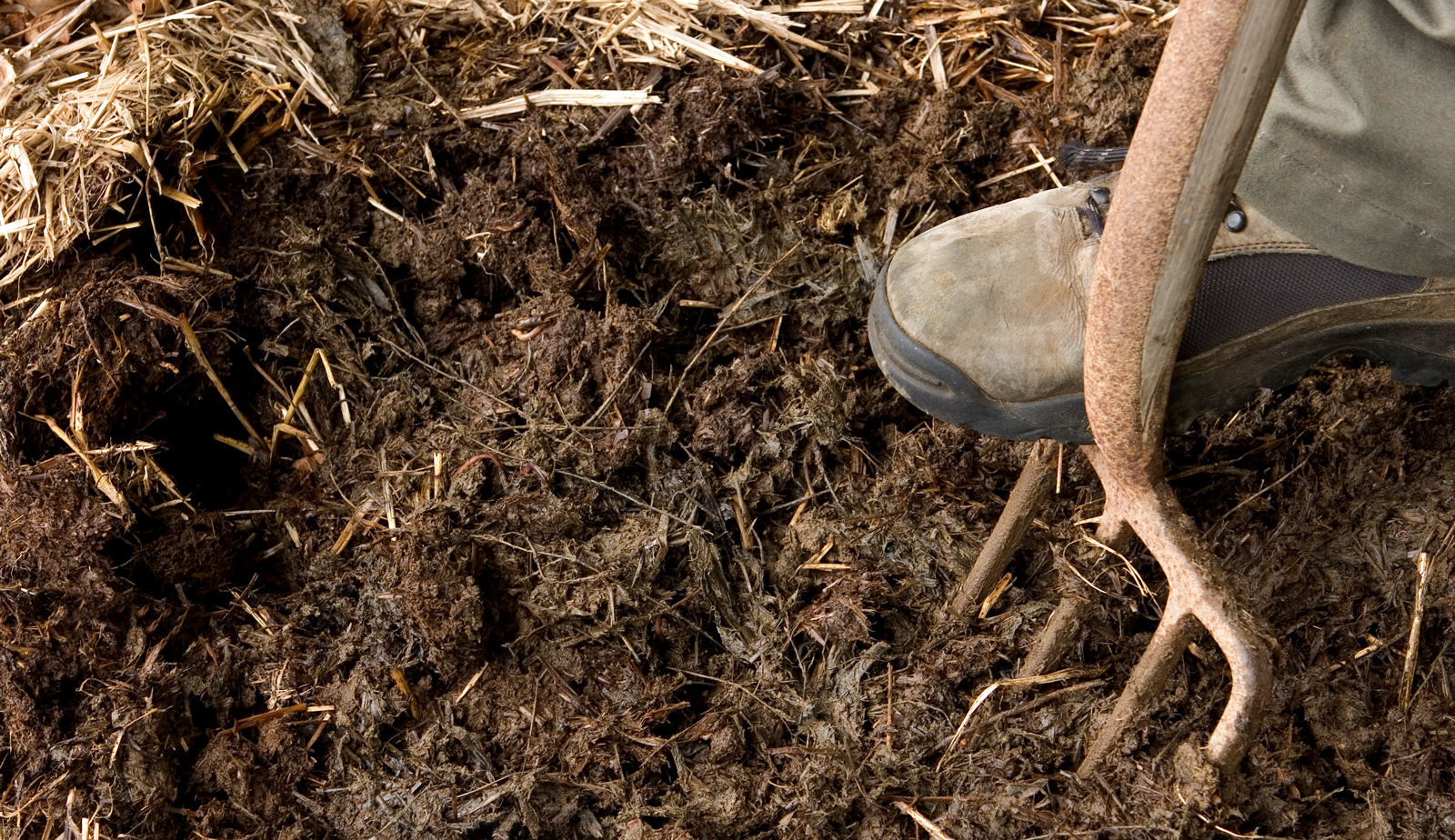
Types of Compost Systems
Quite a few plastic bin style composters are available on the market. These look like a drum, turned on it’s side with a handle that makes the bin turn. The composting happens inside the bin and out of sight. This might be a good option for a neighborhood where a neighbor might object to an open-air compost pile.
Used pallets can be used to make as many compost bins as you want. Three pallets put together in a three-sided open bin work well. This is a cost-efficient solution as the pallets are often found free from businesses. (always ask before taking!) Some people will build two or three of these adjacent to each other. The compost is turned by moving the material from one bin to the next in rotation.
Chicken wire bins are also a popular method of storing and creating compost. To make, use a section of chicken wire that will make a tube about three feet in diameter. Fasten the chicken wire into a tube. Secure to the ground with bent wire or stakes.
One other method for creating compost involves your chickens! Yes, not only will these feathered friends provide you with eggs, valuable garden gold manure, they will also help you turn the compost to keep it healthy!
The flock will happily eat what they find, such as tasty bugs, and food tidbits. What they don’t like, they scratch up, helping to break down leaves and just about anything! In winter, the compost pile will be warmer due to the heat being created. The warmer ground will help the chickens warm up their feet while they scratch the pile. Allowing the chickens to help manage your compost keeps them entertained and delighted with the tasty treats they uncover.
If you choose not to have the chickens help you then you must turn the compost pile every three to four weeks. By the time nine months to a year has passed, you should have rich fertilizer that contains safe levels of Nitrogen, Phosphorus and Potassium for your garden plants.
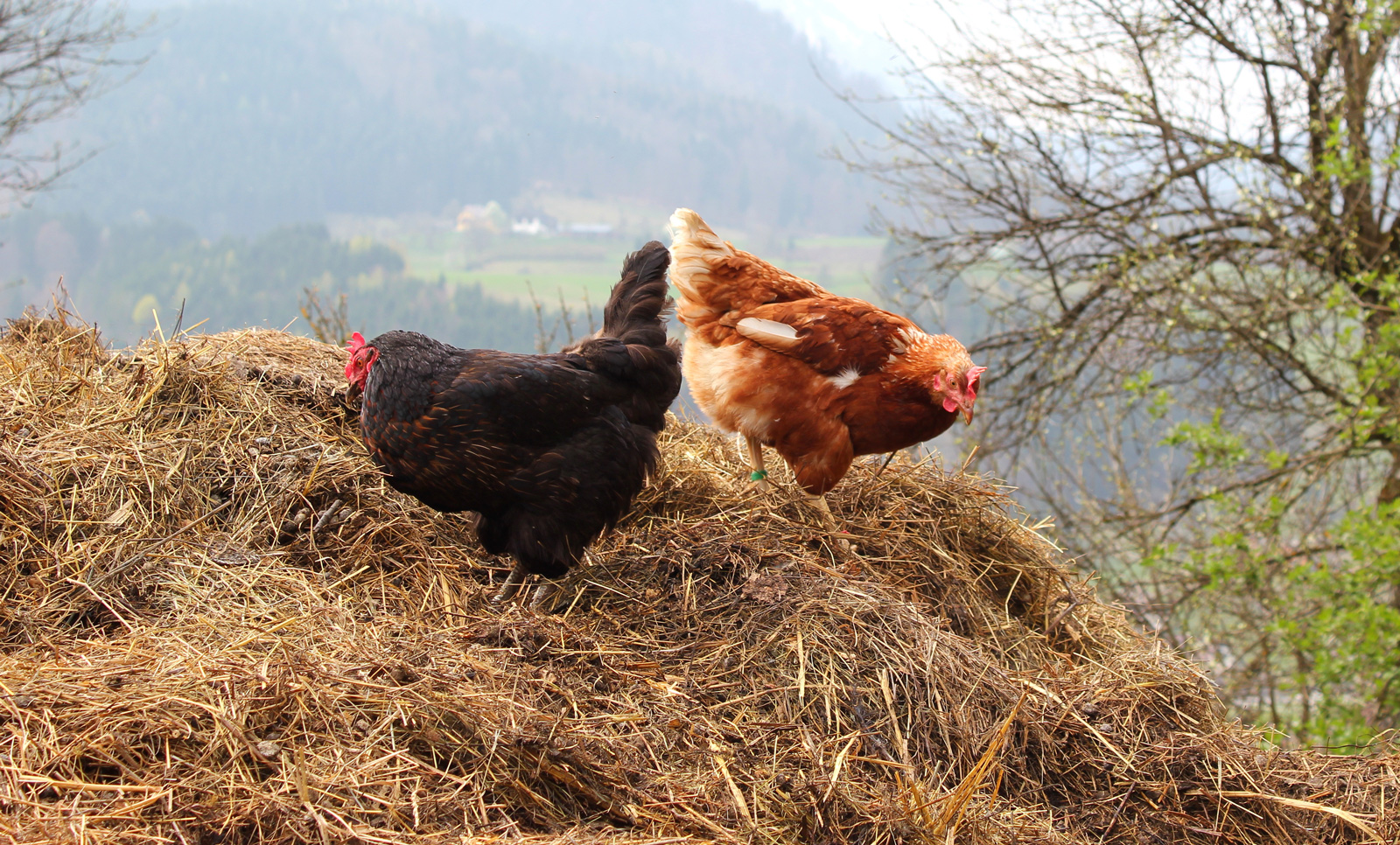
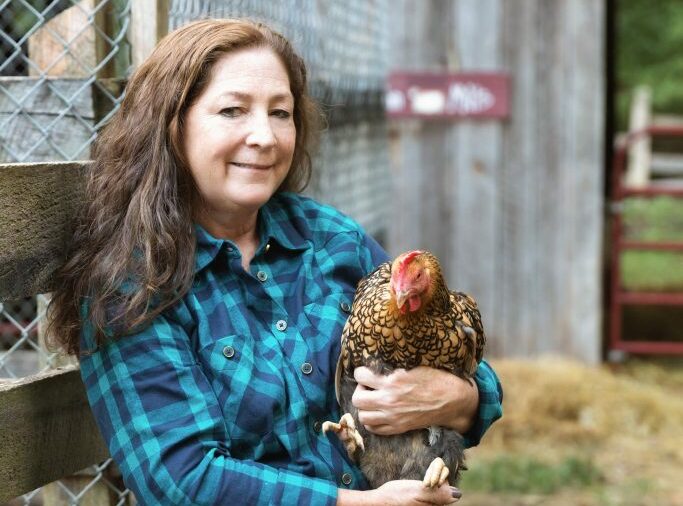
Janet Garman of Timber Creek Farm is an author, fiber artist and farmers with a love for animals and sustainable living. Janet has a degree in large animal farm management and animal science from the University of Maryland, and helps others learn to raise livestock, chickens, ducks, rabbits, and manage a small farm. Her articles on keeping animals, small farms and homesteading can be found in many popular websites. Janet has is the author 50 Do-it-Yourself Projects for Keeping Chickens, Chickens from Scratch and many books about fiber arts and farming with animals.

